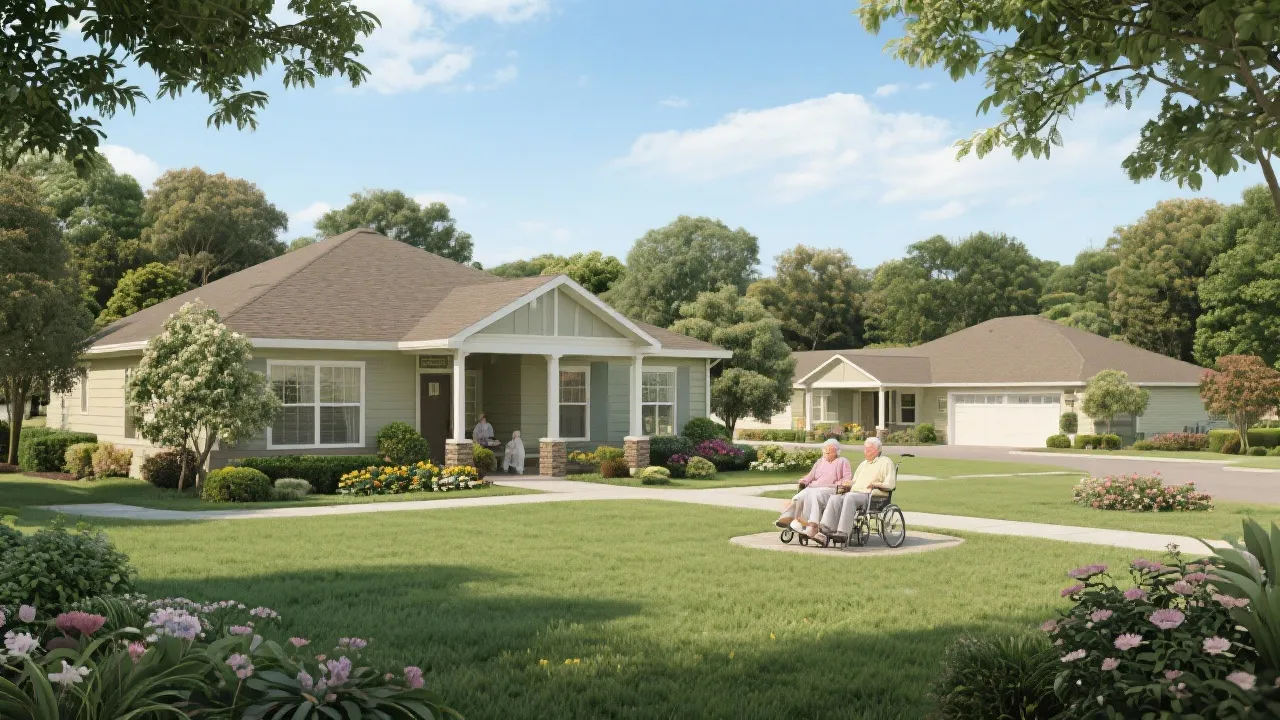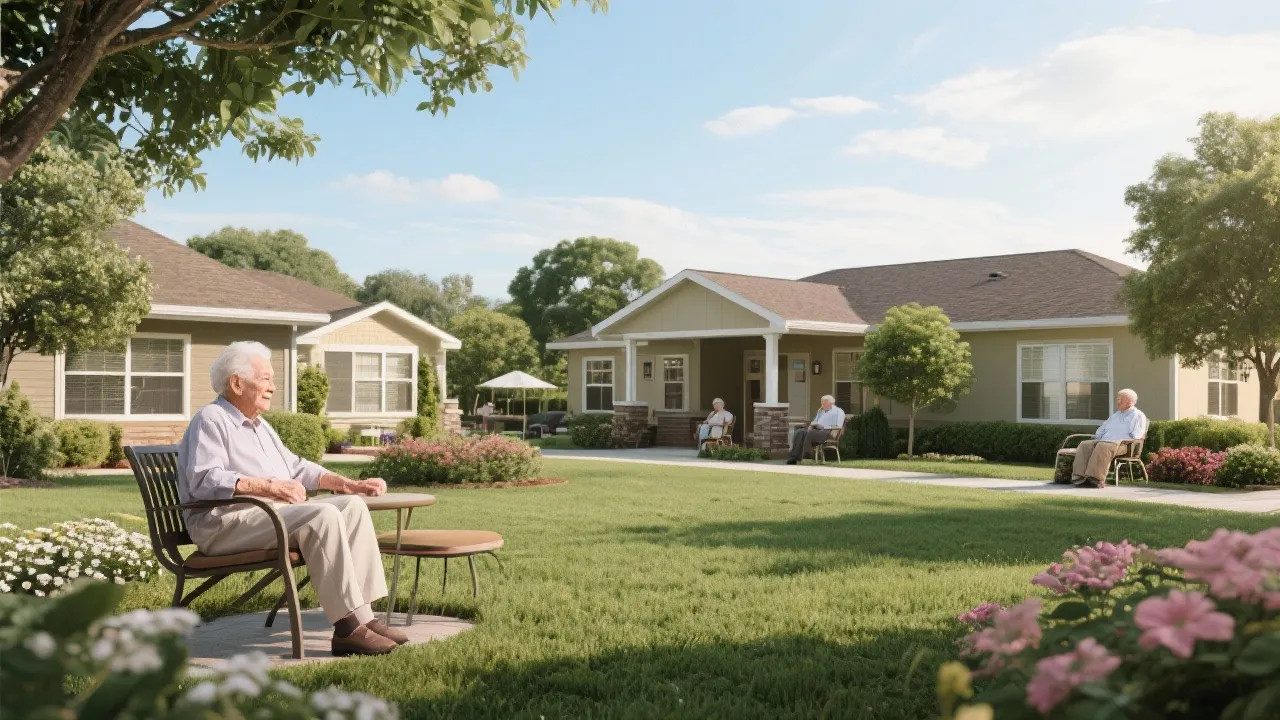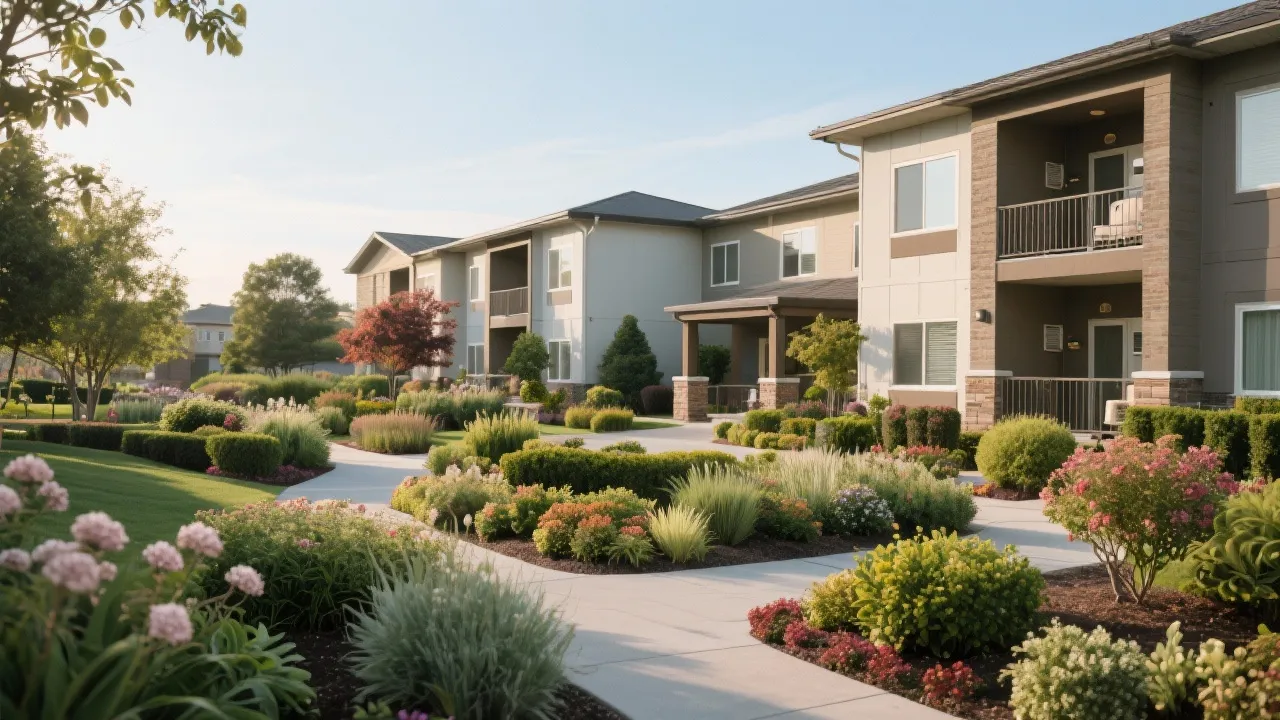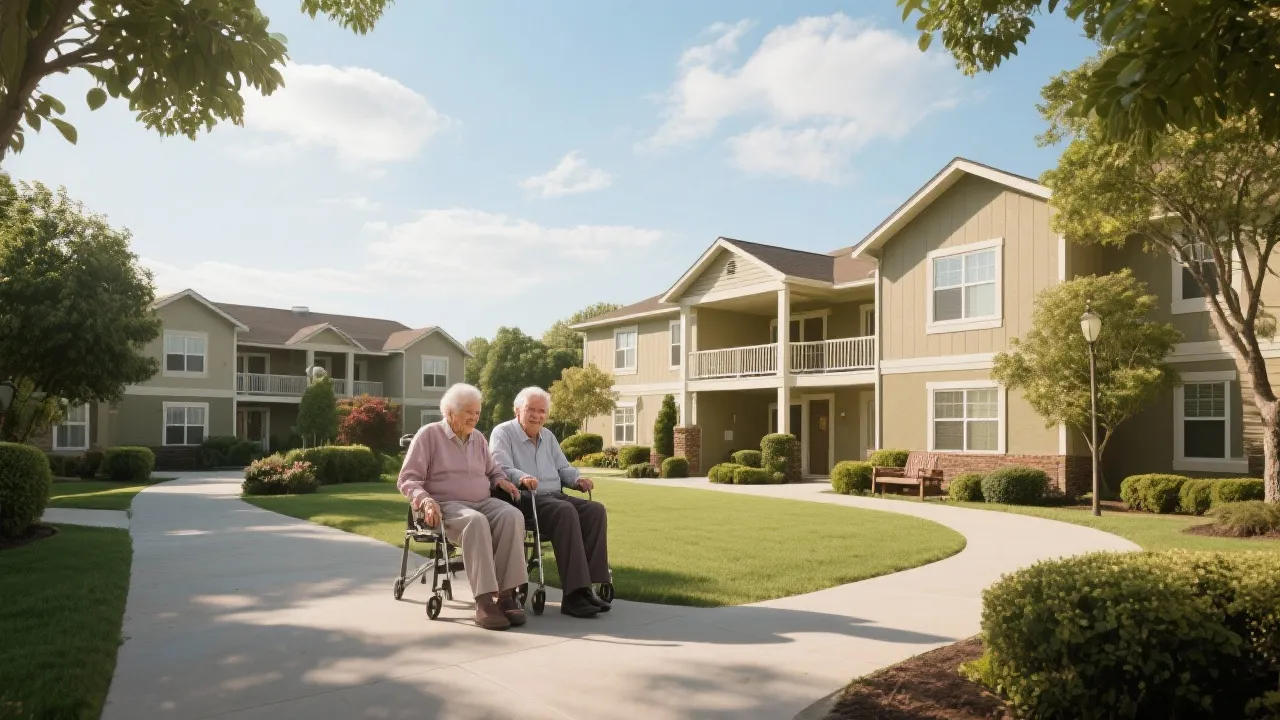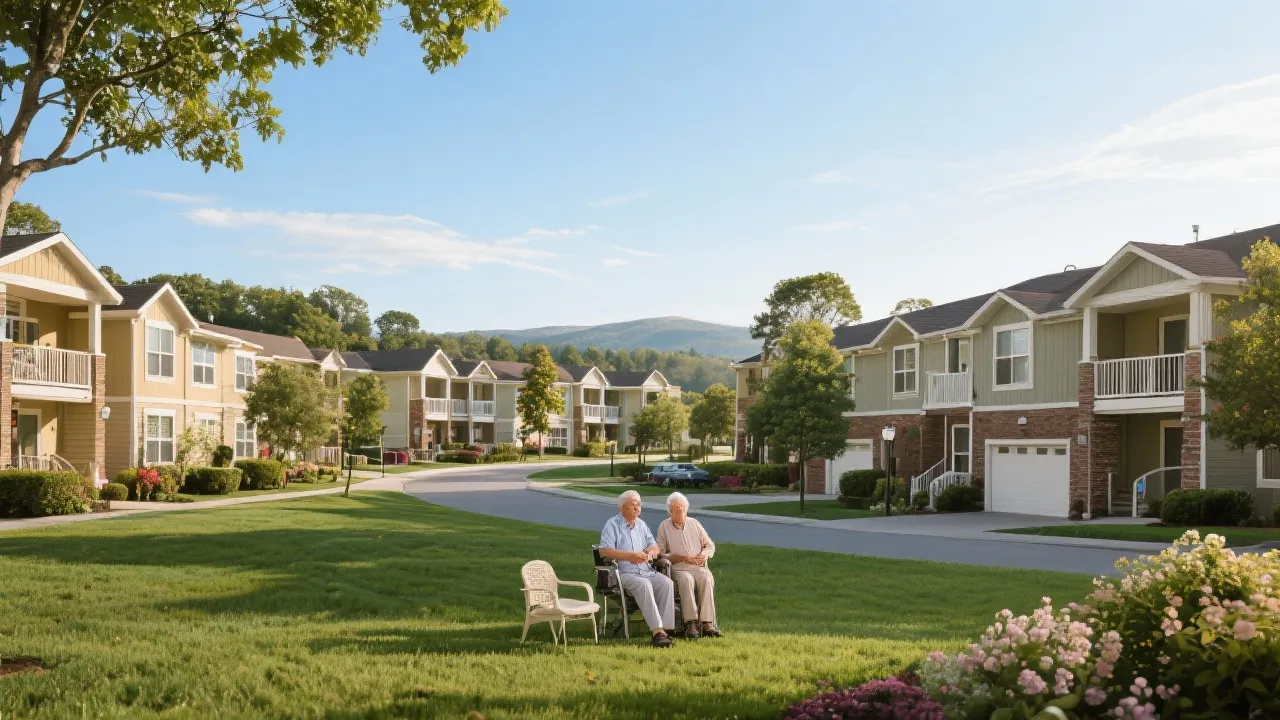Affordable Senior Living Options Nearby
This comprehensive guide explores various affordable senior living options available nearby, emphasizing rental options in multiple regions. By analyzing income-based alternatives and approved resources, readers receive insights into choosing appropriate senior living arrangements. With awareness of cost variations in different city types, seniors and their families can make informed decisions about suitable accommodations.
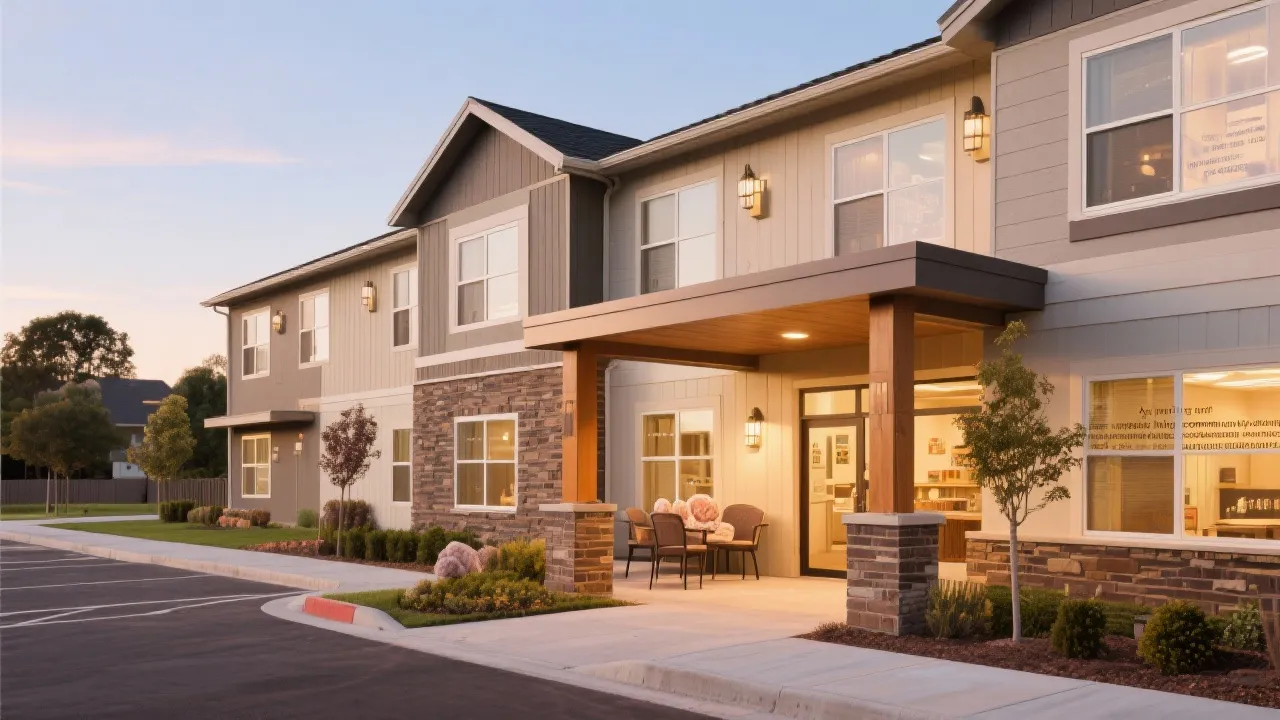
Discovering Affordable Senior Living Options Nearby
Seniors looking for affordable living solutions can benefit from various income-based senior living communities nearby. These accommodations cater to different preferences, needs, and financial situations, varying from independent living to assisted care facilities. As the global population ages, it's important to understand the diversity of options available to ensure that seniors have a comfortable and fulfilling living environment.
What is Income-Based Senior Living?
Income-based senior living provides housing options tailored to seniors with limited income. These facilities often include amenities and activities designed to enhance the quality of life, ensuring affordability without compromising comfort. By adjusting rent prices according to individual incomes, these communities maintain accessibility for many seniors. This model not only encourages the integration of seniors from varied economic backgrounds but also fosters a sense of community among residents.
The Importance of Affordable Housing for Seniors
Affordable housing for seniors is critical as it not only impacts their financial stability but also their overall well-being. The cost of living continues to rise, especially in urban areas, making it challenging for many seniors to find suitable housing that meets their needs. Health care costs, increasing taxation, and inflation create an added strain on fixed incomes, necessitating affordable living options. Moreover, safe, affordable, and appropriate housing significantly contributes to the mental and physical health of seniors, impacting their independence and quality of life.
Key Resources for Senior Housing
AARP, the American Association of Retired Persons, is a valuable resource in the United States, offering extensive insights into senior living options, including independent and assisted living, memory care, and active adult communities for those over 55. Explore their resources on how to select the right senior living option via their website: AARP.
Another beneficial platform is SeniorLiving.org, which provides a comprehensive directory of senior living communities, detailed information on pricing, amenities, and care types across the U.S. Visit their website for further details: SeniorLiving.org.
The National Senior Citizens Law Center focuses on advocating for senior rights but also supplies relevant information about senior housing options. Their insights can be found here: NSCLC.
The National Association of Senior Move Managers connects seniors with professionals to facilitate moves to senior living communities. Learn more at: NASMM.
Additionally, local Area Agencies on Aging (AAA) can offer specific assistance in navigating senior living resources available in your city or state. They often provide outreach and supportive services, ensuring seniors understand their options and support systems. Knowing where to access local help can provide critical guidance and clarity.
Cost Variations for Senior Living Rentals
| Country | City Type | Price Range |
|---|---|---|
| United States | Large cities (e.g., New York, San Francisco) | Approximately $2,000 - $4,000 per month |
| United States | Smaller cities | Approximately $1,000 - $2,000 per month |
| United Kingdom | Large cities (e.g., London) | Approximately £1,500 - £3,000 per month |
| United Kingdom | Smaller cities | Approximately £800 - £1,500 per month |
| Australia | Large cities (e.g., Sydney, Melbourne) | Approximately AUD 2,000 - AUD 3,500 per month |
| Australia | Smaller cities | Approximately AUD 1,200 - AUD 2,000 per month |
| France | Paris | Approximately €1,200 - €2,500 per month |
| France | Other cities | Approximately €600 - €1,200 per month |
Source: Derived from various references and analyses available online.
How to Locate Low-Cost Senior Living
Finding low-cost senior living options involves assessing personal requirements and engaging with reliable resources:
- Utilize reputable websites like AARP and SeniorLiving.org to identify suitable facilities.
- Analyze pricing and adherence to senior care standards.
- Consult community-based organizations and local senior centers for personalized assistance and recommendations.
In addition to utilizing online resources, seniors can benefit from reaching out to their social networks and family members for recommendations or leads on affordable living arrangements. Friends and family often have valuable insights or experiences they can share, which may reveal less obvious options that may not be well-advertised. Furthermore, attending local senior fairs or community events can connect seniors with services and opportunities in their area.
FAQs
What is income-based senior living?
Income-based senior living communities adjust rent based on residents' incomes, making them more affordable for seniors with limited financial means. These facilities typically aim to provide housing that aligns with the financial realities faced by many seniors, allowing them to live independently while ensuring they have access to necessary support if needed.
How does one apply for income-based senior housing?
Applications typically involve documenting current income and assets. It is advisable to contact selected communities for specific eligibility criteria. Each community can have varying application processes and requirements, so it’s best to reach out and understand what documentation you will need to provide, including any additional information regarding health or support needs.
What amenities are generally available in these communities?
Amenities may include recreational activities, social events, dining services, transportation options, fitness centers, healthcare support, and sometimes even beauty or barber services. The variety of available amenities can significantly differ between communities, reflecting the prioritization of comfort and engagement for residents.
Are there financial assistance programs available for senior living?
Financial assistance options such as government subsidies, veteran benefits, state-specific programs, and nonprofit organization services may be accessible, depending on individual circumstances. Programs like Section 8 housing vouchers or state-sponsored rental assistance programs can also provide invaluable support to seniors searching for affordable options.
What should I consider when choosing a senior living community?
When choosing a senior living community, consider factors such as location, physical accessibility, available services, quality of care, community engagement opportunities, and proximity to family and friends. Visiting communities and interacting with current residents can provide valuable insight into the environment and culture of the facility. Additionally, understanding the community's policies regarding health care, medication management, and emergency protocols is essential to making an informed decision.
Are pets allowed in senior living communities?
Many senior living communities are becoming more pet-friendly, recognizing the emotional benefits of companionship. Policies can vary significantly between communities, so it's essential to inquire whether pets are allowed, what restrictions might apply, and any additional fees that could be associated with having pets.
Personal Stories and Experiences
Hearing about others' experiences in senior living communities can often provide valuable insights. Residents often share their stories of transition, adjustment, and the relationships they formed in their new environment. For instance, Ms. James, an 82-year-old resident in a small-town senior community, relayed how moving into an affordable independent living facility provided her not only with a space that accurately fit her budget but also a vibrant social life. “I used to feel isolated after my husband passed away,” she shared. “But now I have friends, activities, and support right here. It's like having a family all around me.”
Similarly, Mr. Thompson, a veteran, emphasized the significance of finding a community equipped with the right social services and affordability, stating, “When I had trouble with my medications, the staff was helpful, and my fellow residents looked out for one another. It’s great knowing that I’m not just a number; I’m part of a community.” These personal stories highlight the positive impact affordable senior living can have on mental health and social engagement.
The Future of Senior Living
The landscape of senior living is continuously evolving, adapting to the needs and preferences of the aging population. Innovations in technology, such as smart home systems tailored for seniors and transportation services, enhance overall living experiences, allowing for increased independence and emergency response capabilities. Communities that maintain a focus on affordability while integrating these advancements are essential for meeting today’s needs and preparing for tomorrow's challenges.
Moreover, as more seniors express a desire to remain active and engaged, the model of senior living is shifting towards promoting vibrant community life that encompasses wellness, social connections, and meaningful activities. Integrating recreational programs, health workshops, and social events can help sustain an active lifestyle for residents, which is pivotal in enhancing their overall quality of life.
Conclusion
Senior living communities offer vital options for maintaining a fulfilling lifestyle post-retirement. Exploring income-based senior living ensures that seniors find affordable yet comfortable accommodations that meet health and social needs. The importance of accessible, supportive, and well-structured living arrangements cannot be overstated, as they are integral to promoting a dignified and engaged life in the later years. By utilizing resources available and reflecting on personal priorities, seniors can find solutions that cater specifically to their needs, ultimately leading to enhanced quality of life.
Disclaimer
1) The above information comes from online resources, and the data is as of October 2023. 2) For more information, please refer to the official website mentioned in the text.
For more insights and to explore potential senior living options, visit the reference links provided.





